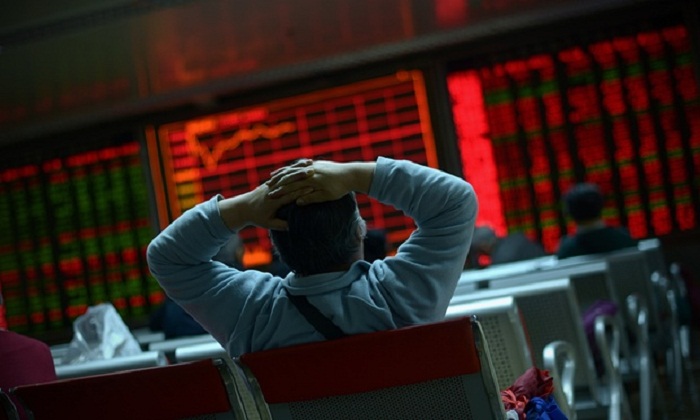Towards the end of the month, statements from Russia that it was planning to meet with the Saudis and other Opec members in February to discuss coordinated efforts to lower production shored up sentiment, pushing crude more than 20 per cent above the month’s low. But any upswing in a volatile market grappling with uncertainties risks being wiped out the next moment. That would be especially true in view of the complexities involved in an Opec-non Opec attempt to cooperate on an output cut.
The recent rise in political tension between fellow Opec members Saudi Arabia and Iran, combined with the fact that a sanctions-free Tehran is all geared up to bring up to 1 million barrels a day (b/d) of additional crude into the market, makes an agreement within the producer group to rein in output seem extremely remote, let alone collaborating outside.
In fact, Opec’s second largest producer Iraq, which hit record high production in 2015, hopes to boost output by another 200,000 to 300,000 b/d above current levels to reach 4 million b/d this year.
Iran’s oil ministry, meanwhile, activated its planned 500,000 b/d oil output increase on January 17. If achieved, this volume would take Iranian output to around 3.39 million b/d and exports to 1.5 million b/d. The immediate impact on exports is expected to come from Iran’s considerable floating storage, which holds 47 millio to 49 million barrels of crude and condensate, according to Platts cFlow data.
“Unless something changes, the oil market could drown in oversupply,” the International Energy Agency warned in its January report, estimating an oversupply of 1.5 million b/d in the first half of 2016 if Iran adds 600,000 b/d by mid-year.
Opec struck a more optimistic note in its monthly report, saying 2016 would see the start of the rebalancing process as deep capital expenditure cuts start to feed through to non-Opec supply. Output in Canada – where all projects are now below cash cost – the North Sea, Latin America and some parts of Asia is particularly vulnerable, it said.
The collapse in oil prices to below US$30 was “irrational”, the chairman of state-owned oil giant Saudi Aramco told the World Economic Forum in Davos on January 21, asserting that the market had overshot on the low side and would inevitably start turning up, given that many small producers were facing financial difficulties.
Days earlier, Saudi Arabia had flagged what many regarded as the unthinkable –- the potential sale of a part of Aramco, the kingdom’s crown jewel.
On the demand side, the average of latest forecasts by the IEA, Opec and the US Energy Information Administration point to expectations of consumption growing by about 1.3 million b/d in 2016 versus last year, compared with an estimated 1.52 million b/d rise in 2015.
But the oil market may not be buying the growth story, still rattled by the spate of weak manufacturing and GDP growth data from China, which had wiped off more than US$3 trillion from the global equity markets within the first two weeks of the year alone.
Beijing reported the slowest real GDP growth in 25 years in 2015 at 6.9 per cent, but more worryingly for the producers of raw materials, China’s energy intensity seems to be declining even more rapidly.
Oil demand in the world’s second largest economy and also the second largest consumer is expected to rise by just about 2.5 per cent from a year ago in 2016, according to Platts China Oil Analytics, compared with 5.8 per cent growth in 2015.
In the US, the world’s largest oil consumer, a relentless rise in oil stockpiles and contracting demand further fuelled the market’s negative sentiment. Commercial crude stocks in the US at 494.92 barrels in the week ended January 22 were the highest on record and nearly 30 per cent above a year ago. Average four-week product demand, meanwhile, was down 1.7 per cent year on year.
With the oil price bottom still nowhere in sight, producers around the globe are hunkering down for prolonged pain. Oil-rich governments across the Middle East are slashing public spending, borrowing money, raising taxes, and removing subsidies. The Russian ruble hit historic lows against the US dollar in January, while Venezuela is predicted to suffer the worst recession on the globe in 2016. Continued blood-letting in the corporate world will see further job and upstream capex cuts at oil and gas producers and service providers.
So what gives? The world now waits for US production to cave in. The US EIA expects domestic output to decline by about 700,000 b/d this year to an average 8.7 million b/d, as current prices drive more shale producers out of business and bank loans start drying up. If true, 2016 will reverse the United States’ relentless production growth trend of the past eight years. But that may not suffice; the market can be expected to exact a much bigger price to rebalance.
More about:















































